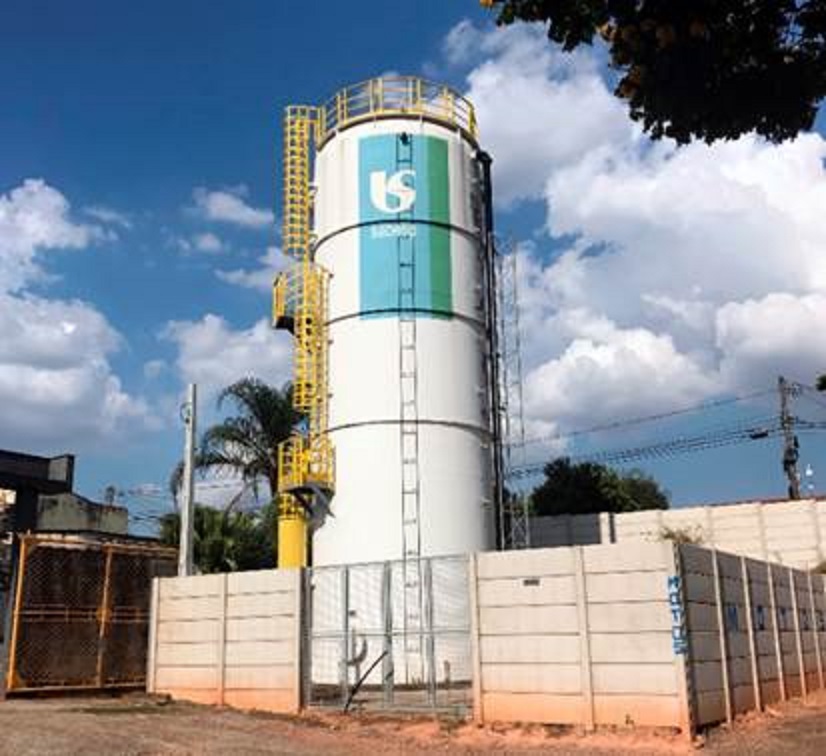
Brazilian composite specialist Tecniplas says that new sanitation regulations in Brazil could increase the take up of composite tanks over steel and concrete.
According to the company, the total investment forecast is US$ 150 billion by 2033. ‘Composites are ideal for applications in the basic sanitation sector,’ said Luís Gustavo Rossi, director of Tecniplas. Rossi suggests that composites have greater durability, due to their chemical resistance which is better than concrete and steel against the attack of chemical compounds present in industrial or sanitary effluents. In this way, the frequent leaks noticed in metallic or concrete tanks do not happen, avoiding contamination of the soil and water bodies. ‘Other differentials of the composites reservoirs are the lightness, which reduces the expenses with foundations, and the greater speed of manufacture compared to competing materials,’ Rossi said.
It is also possible to manufacture composites tanks of gigantic dimensions, interesting alternatives mainly for water storage, Tecniplas said, citing its manufacture of what it says is the largest reservoir of its kind in Brazil, which is 15 meters high with a capacity for 3 million liters. ‘Our mega-tanks can store up to 4.5 million liters and, compared to concrete reservoirs, have greater watertightness and a longer useful life,’ Rossi said.
This story uses material from Tecniplas, with editorial changes made by Materials Today. The views expressed in this article do not necessarily represent those of Elsevier.






